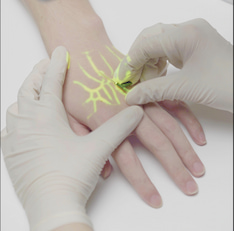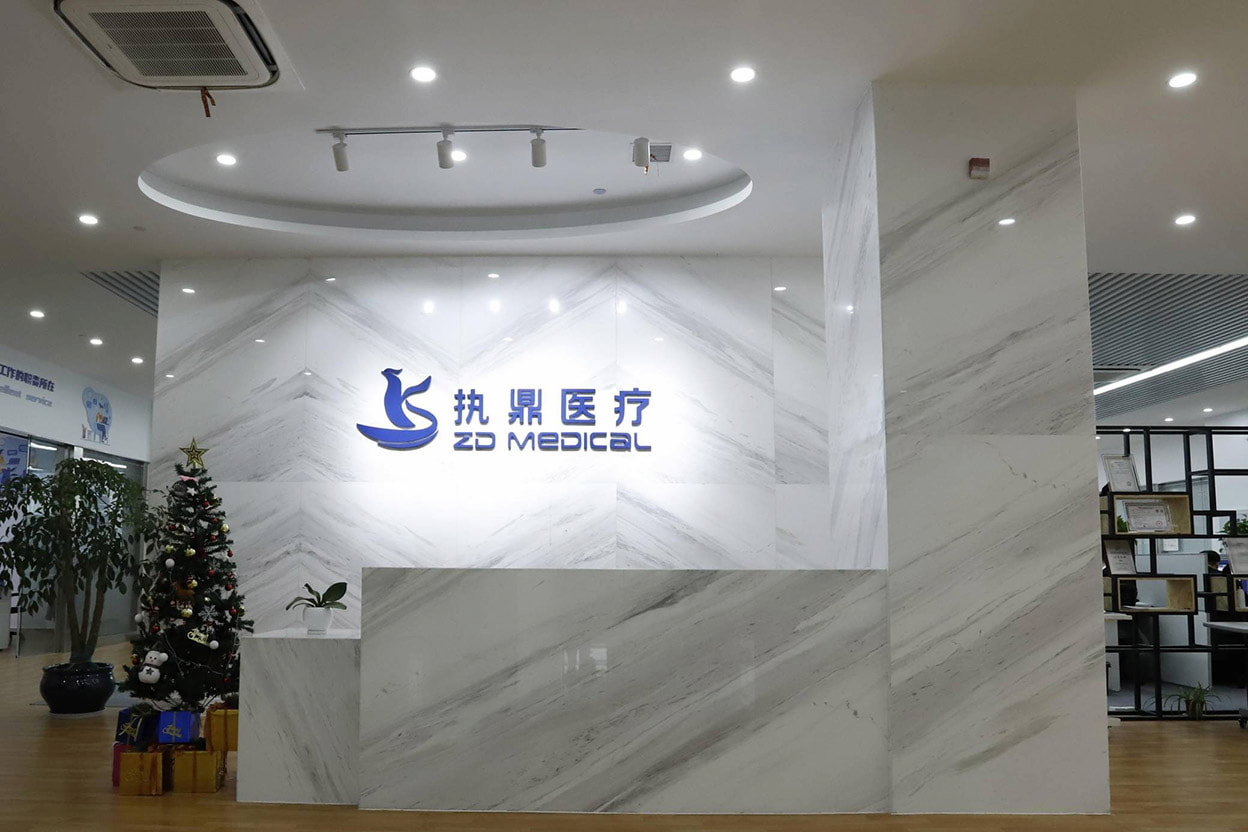Vein finder, as an important auxiliary tool in the modern medical field, has made remarkable progress in both technology and application in recent years. This article will delve deeply into the latest technological developments, market dynamics, clinical application trends, and future innovation directions of vein finder devices. From near-infrared imaging to artificial intelligence algorithms, from portable design to multimodal fusion, vein finder technology is undergoing a profound transformation, bringing revolutionary improvements to the quality and efficiency of medical care. We will analyze the advantages and disadvantages of the current mainstream technology routes, examine the global market landscape and growth drivers, and look forward to possible breakthrough innovations in this field, providing comprehensive industry insights for medical professionals, researchers and investors.

The latest advancements in vein finder technology:
Vein finder technology has made breakthrough progress in recent years, mainly reflected in three aspects: imaging accuracy, intelligence and multi-functional integration. The current mainstream technical routes include various methods such as near-infrared (NIR) imaging, multispectral imaging, laser projection, and ultrasonic testing. Each technology has its unique advantages and application scenarios.
In particular, the new generation system of ZD Medical Company, through the combination of multispectral imaging technology and AI algorithms, has significantly enhanced image resolution, enabling clear display of the direction, depth and branches of subcutaneous veins, and greatly improving the recognition ability of small and fragile blood vessels.
The introduction of artificial intelligence algorithms is one of the most significant advancements in current vein finder technology. Advanced deep learning models can automatically mark the best puncture points, reduce human errors, and adapt to patients of different skin colors and constitutions through continuous learning.
Real-time dynamic tracking function has become a standard feature of high-end products. Unlike traditional static imaging, the new generation of systems can display the changes in vascular status in real time, which is of great significance for monitoring the infusion process and evaluating vascular function. Some high-end models, such as Vein Finder System, have been able to quantify vascular elasticity and calcification degree, providing early screening functions for patients with chronic diseases.

In terms of portability, the market trend is clearly moving towards miniaturization and wireless development. The market share of handheld vein finder devices has exceeded 60%, and their lightweight design supports bedside, on-site and even battlefield use. Some models can even be integrated into mobile medical vehicles or drone first aid kits, greatly expanding the application scenarios. It is worth noting that the emergence of wearable vein detection devices represents the latest trend. Near-infrared technology has been integrated into smart glasses and wrist-worn devices, enhancing mobility and real-time usage capabilities in emergency situations
Also welcome to contact us, we are ZD Medical Inc.
Tel : +86-187 9586 9515
Email : sales@zd-med.com
Whatsapp/Mobile : +86-187 9586 9515